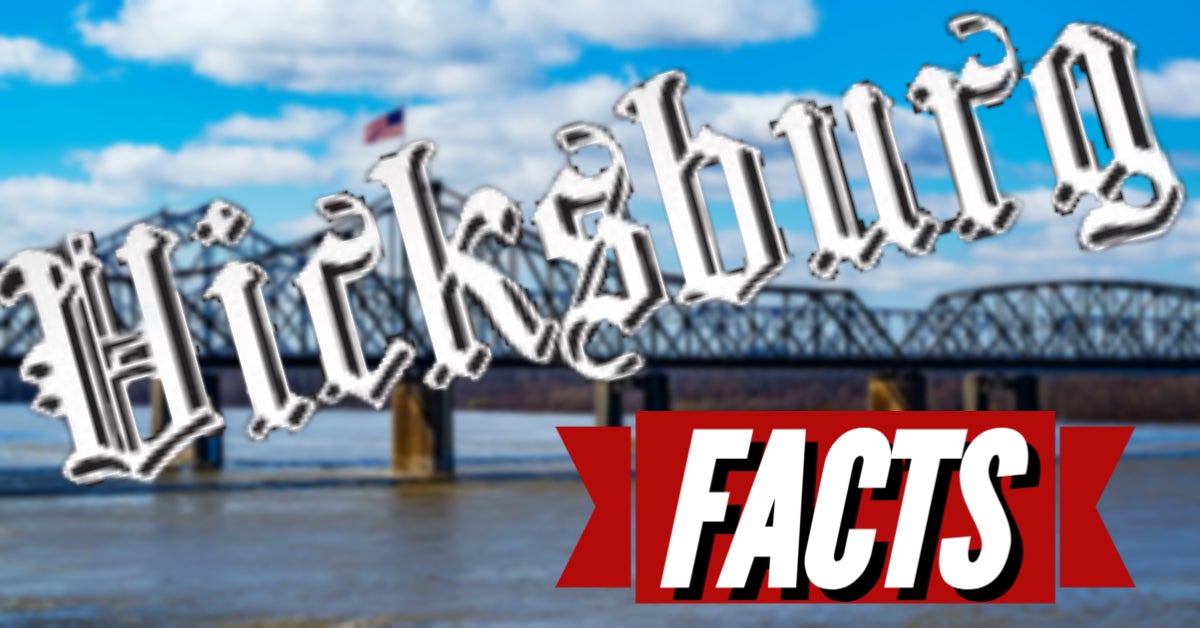VICKSBURG FACTS: Early Halloween celebrations in the River City
Published 9:00 am Friday, October 28, 2022
By Vera Ann Fedell | The Vicksburg Post
Did you know about some of Vicksburg’s crazy early Halloween celebrations?
Halloween began as a Celtic holiday that helped celebrate the upcoming new year, which is also known as Samhain. The Celts, in modern-day Ireland, the United Kingdom and Northern France, celebrated the new year on Nov. 1 around 2,000 years ago, since it marked the end of the harvest season and the beginning of the dark winter months. According to Mary Apel’s “The History of Halloween,” the night before the new year was believed to be when the veil between life and death was its thinnest. So on Oct. 31, the Celts would dress in costumes and have their priests build massive bonfires where they offered treats to either greet or ward off the spirits that had returned for a visit, as stated in Apel’s article. The priest would also use the bonfire as a way to tell prophecies for the future.
When Christianity began to spread, the Celtic traditions began to mix with some Christian celebrations. As mentioned in Apel’s article, in 1000 A.D. the church named Nov. 2 “All Souls Day” as a day to honor the dead. Then Nov. 1 became “All Saints’ Day” which was also known as “All Hallows’ Day,” which then made Oct. 31 All Hallow’s Eve, also known as Halloween.
As the Irish-Scottish immigration began to increase in Vickburg, the people began to publicly acknowledge the holiday around the 1860s. On Oct. 31, 1869, in the Vickburg Herald, an article was published explaining a short history lesson of the Halloween Holiday and All Saints Day. On March 10, 1878, in the Vickburg Herald, another article was published about an Irish tale that “a superstition among the young girls of Ireland that whoever on Hallowe’en shall place a cabbage over the door will marry the first young man that enters the door afterward.”
Based on the newspapers archived from the late 1800s, Vicksburgers began to publish more about their Halloween celebrations. The Vicksburg Evening Post published an announcement of the success of a Halloween party thrown by Mrs. L. Cook of Belmont Ave., on Nov. 1, 1887. The only detail about what happened at the event was that the “young ladies and gentlemen engaged in testing their fortunes by various methods proper to the hour” and to reassure the public that no witches riding upon broomsticks visited during the party.
As the years progressed, Vicksburgers stepped up the holiday celebrations, such as the Children of the Order of the Silver Cross of Christ Church Sunday school. The public was invited to a fun-filled night of dancing, vendor items and an abundance of refreshments and quilting. The Halloween and Quilting party, as stated in the Oct. 29, 1892, Vicksburg Evening Post article, lasted from 4 p.m. to midnight and was only 10 cents for admission and all the women attending were asked to bring their own needle and thread.
Eventually, the people of Vicksburg began to embrace the holiday more each year with each celebration getting more extensive than the last. As mentioned in the Oct. 22, 1903, Vicksburg Evening Post, Vicksburgers could enjoy an “October Frolic” where children can play in the corn field, string cranberries and fall leaves to use as decorations, and get the chance to carve jack-o-lanterns. Guests at the “October Frolic” could also enjoy a game of pin the tail on the black cat, which was a painted cotton tail and paper maché cat or go bobbing for apples.






